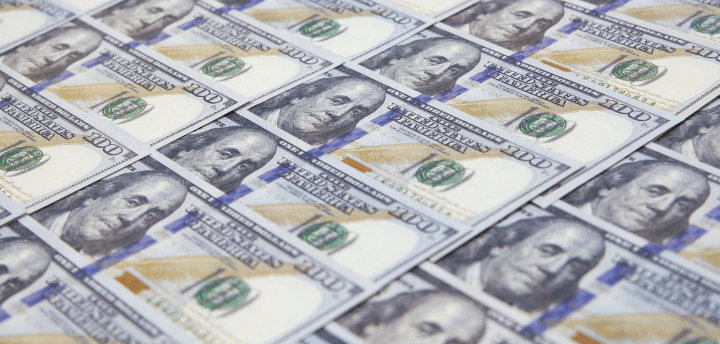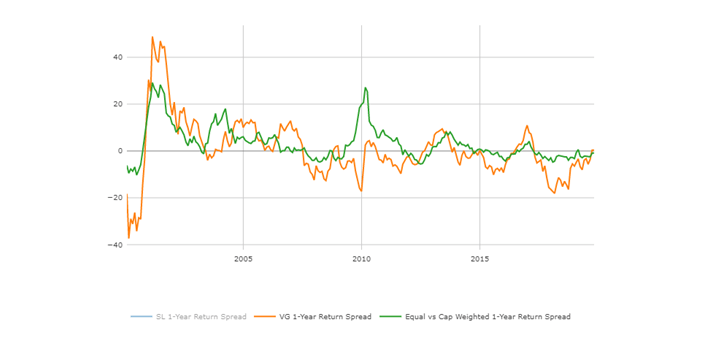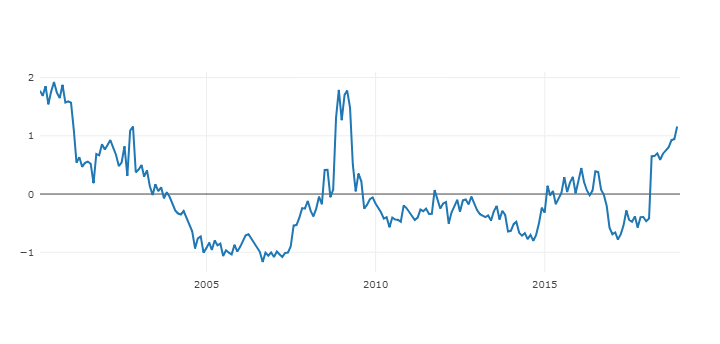US Economics and COVID
The early results from the vaccinations around the world (particularly in Israel, the UK and the US) all indicate a significant impact on severe disease and hospitalization rates among the most vulnerable population groups. According to Goldman Sachs, even in South Africa, where the local variant appears relatively more resistant to vaccines, cases have fallen very sharply suggesting that conventional public health measures still seem effective. In sum, it looks increasingly like the winter wave of Covid-19 in the northern hemisphere is now in the rear-view mirror.
Due to winter COVID related restrictions, economic news is mixed. While manufacturing activity is on the rise, job growth is stalled. Despite further gains in homebuilding, recovery in consumer spending, improving vehicle sales and business re-openings the economy still looks a bit vulnerable at the moment. However, the stimulus package from Washington and strong monetary support from the Federal Reserve will provide the necessary support and confidence among consumers and business community. The situation should brighten up as we progress into the year and the current consensus is that we will see US GDP grow in the range of 4-5% in 2021.
Lately the markets have been a bit more volatile on the concerns of rising interest rates and potential inflation pick up. However, the Fed does not see inflation as a problem even if it rises 2% a year. Moreover, per Professor Siegel of Wharton Business School, the interest rate increase would not cause a prolonged market selloff since the Fed is not overly worried about the inflation pressures and has not started to raise the Fed funds rate. The Fed has said they want to see inflation overshoot their targets for some time—so for now, interest rates are not a real issue for the stock market.
Global Economics
January activity indicators point to resilience in global industry, a surge in US retail spending, and further upside inflation surprises according to JP Morgan. They now expect upcoming fiscal policy stimulus to reach $1.7tn from previously anticipated $900bn. The cumulative impact of these revisions is material. They now forecast global growth to average roughly 6% annual growth in the five quarters through the end of this year, up from an already upbeat 4.5% forecast presented in our November global outlook. This strong growth includes the current-quarter slowdown from the second wave of the pandemic, underscoring the powerful policy induced recovery dynamic in full motion.
Governments around the world are signaling that they will maintain fiscal supports, with the US administration set to lead the way by turning its attention to a multi-year infrastructure package later this year. At the same time, major central banks are expressing a willingness to maintain accommodative stances despite recent growth and a near-term inflation bounce, as they encourage an inflation overshoot and a rebound in inflation expectations.
They also highlight the improving private sector balance sheets. The resilience of global growth through the second wave owes in part to sustained strong business spending. For households, healthy balance sheets—including still-elevated saving rates—along with a flood of government support still in the pipeline and low borrowing rates should provide ample ammunition for consumer spending to boom once mass vaccinations take hold.
Stock Market and Portfolio Rebalancing
As discussed above, the great news on vaccines will soon facilitate re-opening of the economy. In addition, the expected roll out of the $1.9 trillion stimulus and access to huge personal savings of $1.6 trillion accumulated since the pandemic started, will provide unprecedented consumer spending, in our opinion. All these factors contribute to broader market leadership in early 2021 lead by Small Caps and Financials. We maintain our barbell approach and have large growers which will capitalize on the current digitalization trends paired up with well-run “Back to Normal” companies with great re-evaluation potential.
From the sector perspective Financials, pockets of Consumer Discretionary related to leisure, entertainment and travel could be the biggest winners from “things going back to normal”. We still believe in Technology, see potential in Industrials and Communication Services. Inflation is expected to perk up because of the liquidity and unleashed demand mentioned above, so Commodities/Materials and REITs might provide a natural hedge against unexpected jumps in prices. On the defensive front we are staying neutral towards Healthcare (we think political pressure will be less than usual going into the election year). We stay less attracted to Consumer Staples and Utilities.
Valuation spreads are still elevated, so we see a potential in Value continuing with the mean reversion move which started in October. We emphasize Medium Cap and Small Caps at the moment. Large Cap Growth stocks have been dominating for the last few years and saw their multiples expand by 80% last year – the level of growth expectations – two thirds of those names would not be able to live up to if history is any indication. The concentration in the marketplace is still very elevated and it will take meaningful mean reversion to erase mispricing based even on Price to Sales ratio – the least biased of all Value factors. The economy has been recovering in the second half of 2020 and while resurgence in cases poses some short-term threats, the efficacy of vaccines so far makes a case for a continued recovery in 2021.



























































































